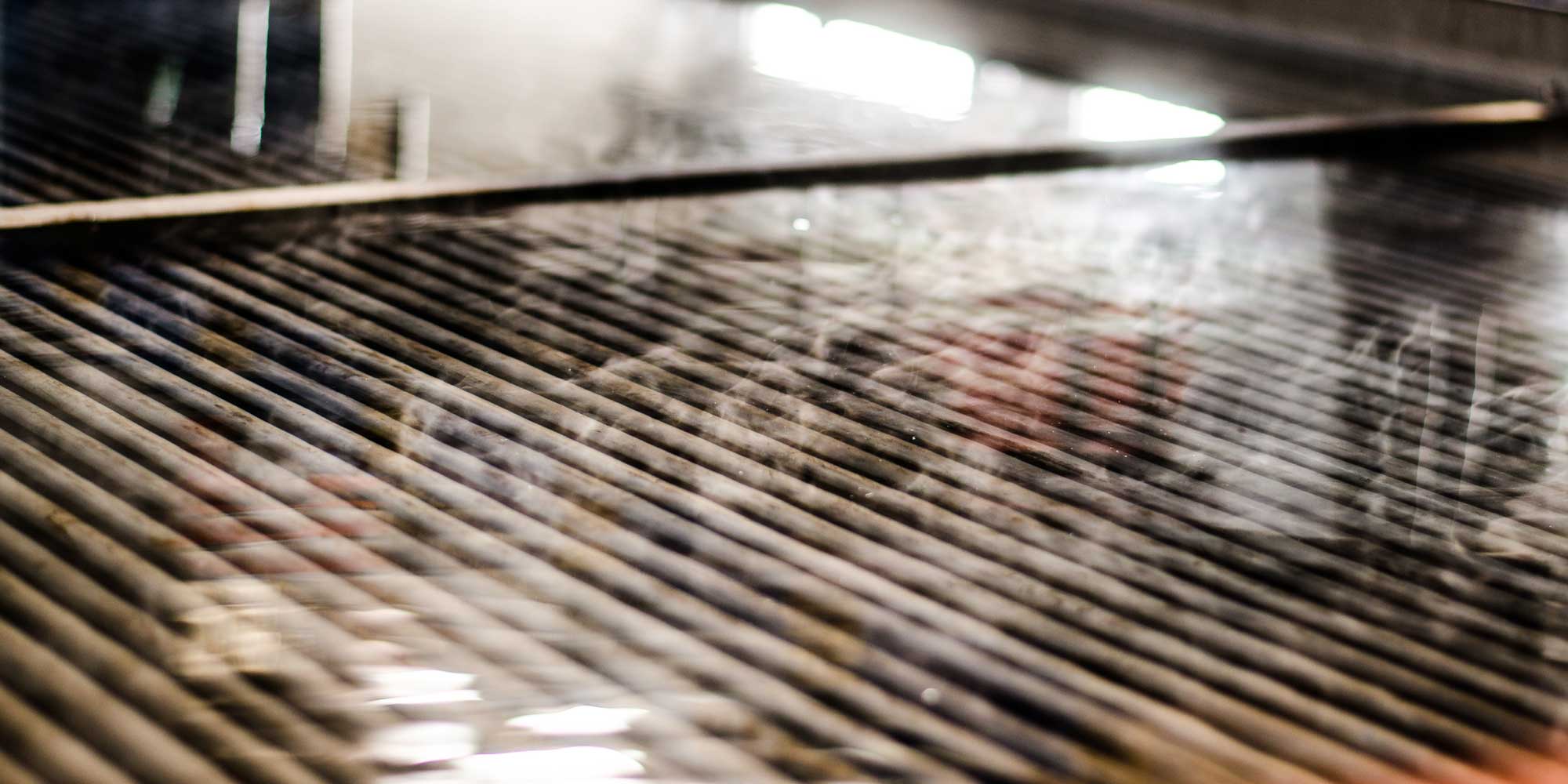Review
Heat treatment refers to a metal thermal processing process in which the material is heated, held, and cooled in the solid state to obtain the desired structure and properties. During the progress from the Stone Age to the Bronze Age and the Iron Age, the role of heat treatment was gradually recognized.

Classification of Metal Heat Treatment Process
Metal heat treatment process can be classified into three major categories: whole heat treatment, surface heat treatment and chemical heat treatment. Each category can be subdivided based on the heating medium, heating temperature and cooling method. Even the same metal that uses different heat treatment process can obtain different structure and thus exhibits different performance.
Steel is the most widely used metal for industrial application, and steel features the most complex microstructure, so heat treatment process varies from one steel to another. The whole heat treatment is to heat the workpiece as a whole and then cool it off at an appropriate speed so as to obtain the required metallographic structure to change its overall mechanical properties. The whole heat treatment of steel entails roughly four basic processes: annealing, normalizing, quenching and tempering.
Metal Heat Treatment Processing Techniques
Annealing, Normalizing, Quenching & Tempering
Annealing, normalizing, quenching and tempering are the "Four fire" of the whole heat treatment process; among them, quenching and tempering relates to each other so closely that they often come together indispensably and indispensably. "Four fire" can give rise to different heat treatment processes based on distinct heating temperature and cooling method.
Quenching -Tempering
Quenching - tempering refers to a technique of combining quenching and high-temperature tempering in order to obtain certain strength and toughness.
Aging Treatment
Some alloys are hardened to form supersaturated solid solution and are kept at room temperature or at a slightly higher appropriate temperature for longer periods of time so as to enhance the hardness, strength or electrical magnetism. Such heat treatment process is called aging treatment.
Deformation Heat Treatment
Deformation heat treatment is combining pressure processing deformation with heat treatment effectively and tightly to allow workpiece to obtain good strength and toughness.
Vacuum Heat Treatment
Vacuum heat treatment refers to the heat treatment being done in negative pressure atmosphere or vacuum, producing numerous benefits as below: 1) this technique can save the workpiece from being oxidized and decarburized; 2) it can keep the surface smooth and bright after treatment; 3) it can improve the performance of the workpiece; 4) it also allows for passing through the infiltration agent for chemical heat treatment.
Surface Heat Treatment
Surface heat treatment is processed by only heating the workpiece surface to change its surface mechanical properties. In order to only heat the workpiece surface without excessively heating the workpiece inside, the heat source must possess high energy density, i.e., give greater heat in the unit area of the workpiece so that the workpiece surface or local area can achieve high temperature in an instance or short time. The main methods of surface heat treatment are flame quenching and induction heating heat treatment; the commonly used heat sources are oxygen acetylene or oxygen propane flame, induced current, laser and electron beam, etc.
Chemical Heat Treatment
Chemical heat treatment is conducted by changing the chemical composition, microstructure and properties of the workpiece surface. Chemical heat treatment difference from surface heat treatment lies on that the former involves changing the chemical composition of the workpiece surface. Chemical heat treatment is to expose the workpiece to carbon, salt medium or the medium of other alloying elements such as gas, liquid and solid for heating and heat preservation for a long time so that the workpiece surface will be infiltrated into carbon, nitrogen, boron, chromium elements and etc. After infiltration, other heat treatment processes such as quenching and tempering are necessary sometimes. The main methods of chemical heat treatment are carburizing, nitriding and penetrating metal.
Why Need Heat Treatment?
Heat treatment is one of the important processes in manufacturing mechanical parts and molds. Generally speaking, it can guarantee and improve the workpiece performance, such as wear-resistant, corrosion-resistant and so on. Heat treatment can also enhance the microstructure and stress state of the work blanks for various cold and hot processing. Take white cast iron for instance, long annealing treatment can give malleable iron with improved plasticity. Gears adopting the correct heat treatment have a service life which can be multiplied or dozens of times longer than those do not. After being infiltrated with some alloying elements, the economical carbon steel will obtain some properties of expensive alloy steel, capable of replacing some heat-resisting steels and stainless steel. Molds all need to undergo heat treatment before use.
Related
- What is Quenching? Why Steel Needs to be Quenched?
- What is Annealing? Why Steel Needs to be Annealed?
- Introduction of Metal Heat Treatment Process (Ⅰ)
Contact
CIVMATS produces stainless steel products, such as pipes & fittings, bars. If you are in demand, please contact us:
- Company: CIVMATS CO., LIMITED
- Phone: 86-519-81809659
- Fax: 86-519-81809959
- Email: [email protected]
- Address: 10th Floor, Xin Cheng Nan Du, Wujin District, Jiangsu, China
- Website: www.civmats.com

